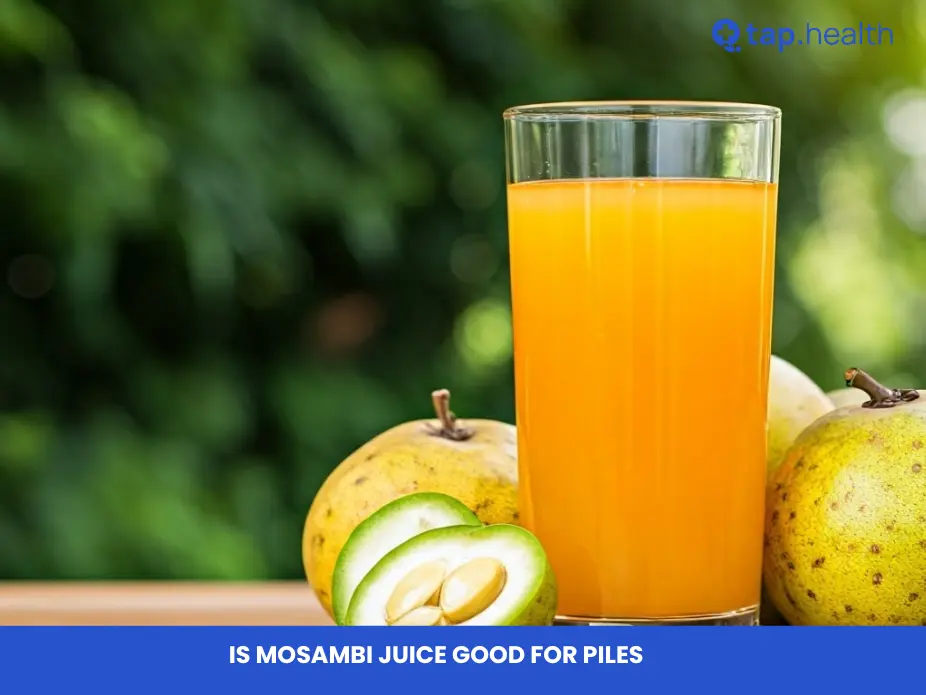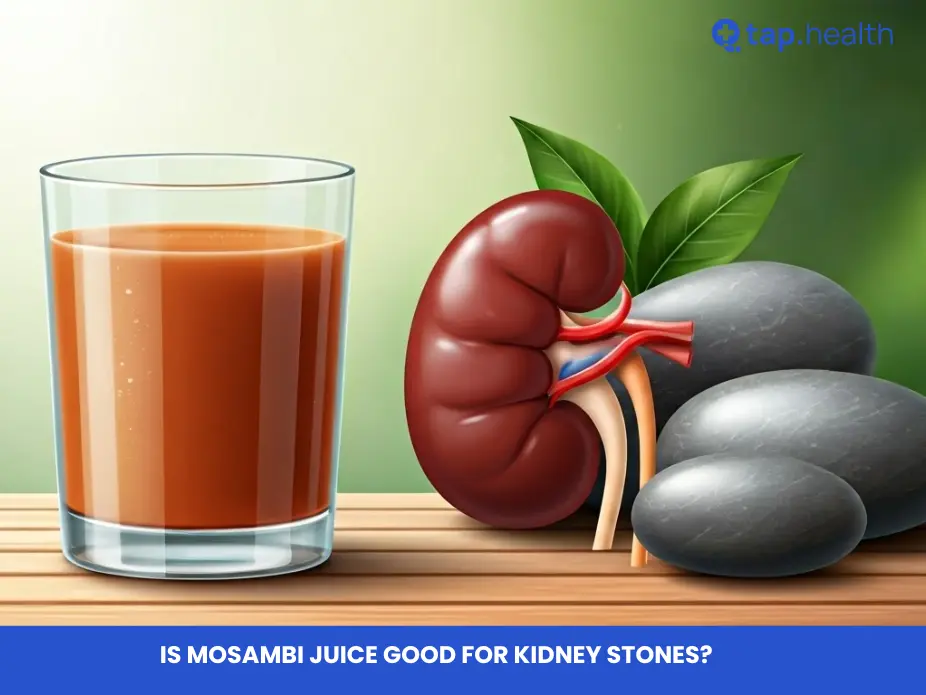Indian cuisine is renowned for its vibrant flavors, rich aromas, and diverse cooking techniques. A key ingredient that shapes these dishes is cooking oil. From tempering spices to deep-frying snacks, the right oil enhances taste, texture, and nutrition. With so many options available, choosing the best cooking oil for Indian delicacies can be daunting. This guide explores the role of cooking oils, their health implications, popular types in India, and tips for selecting the perfect oil for your culinary needs.
Why Cooking Oil Matters in Indian Cooking
Cooking oil is more than just a medium for heat transfer in Indian cuisine—it’s an essential ingredient that defines the flavor and aroma of dishes. Oils carry fat-soluble vitamins, contribute to texture, and influence the overall sensory experience. The smoke point, or the temperature at which an oil starts to break down and smoke, is a critical factor in determining its suitability for various cooking methods. Selecting the right oil ensures culinary success while aligning with health and taste preferences.
The Role of Oil in Flavor and Texture
In Indian cooking, oils do more than cook food—they infuse dishes with unique flavors. For example, mustard oil adds a pungent kick to North Indian dishes, while coconut oil imparts a tropical sweetness to South Indian recipes. Oils also affect texture, making fried snacks crispy or curries smooth and rich. Understanding how oils interact with spices and ingredients is key to mastering Indian cuisine.
Health Considerations of Cooking Oils
The health impact of cooking oils is a crucial consideration. Oils high in saturated fats, like some vegetable oils, may increase cholesterol levels and heart disease risk if overconsumed. Conversely, oils rich in unsaturated fats—monounsaturated and polyunsaturated—offer cardiovascular benefits when used in moderation. For individuals with dietary restrictions or health conditions, consulting a nutritionist can help identify the best oil for specific needs.
Popular Cooking Oils for Indian Recipes
India’s diverse culinary landscape features a variety of cooking oils, each with distinct flavors and applications. Below are some of the most popular options used in Indian kitchens.
Mustard Oil: The Pungent Classic
What is mustard oil used for in Indian cooking?
Mustard oil is a staple in North Indian cuisine, particularly in Punjabi and Bengali dishes. Its bold, pungent flavor enhances pickles, lentils, and spice-based gravies. With a high smoke point, it’s suitable for frying and sautéing, making it a versatile choice for robust dishes.
Coconut Oil: The South Indian Favorite
Why is coconut oil popular in South India?
Coconut oil is widely used in South Indian cooking for its nutty aroma and subtle sweetness. It’s ideal for coconut-based curries, fried snacks, and traditional sweets. Rich in medium-chain triglycerides (MCTs), coconut oil is also praised for its potential health benefits, including improved metabolism.
Sunflower Oil: The Versatile Option
Is sunflower oil good for Indian cooking?
Sunflower oil’s mild flavor and high smoke point make it a go-to choice for a variety of Indian dishes. It’s perfect for deep-frying, stir-frying, and even baking, offering a neutral taste that doesn’t overpower spices. Its versatility makes it a popular alternative in modern Indian kitchens.
Groundnut Oil: The Nutty Delight
What dishes use groundnut oil in Indian cuisine?
Groundnut oil, also known as peanut oil, is prized for its nutty flavor and high smoke point. It’s commonly used for frying snacks, preparing chutneys, and sautéing vegetables. This oil is a favorite in Western and Southern Indian recipes for its rich taste.
Lesser-Known Oils: Sesame and Kokum
What are some unique cooking oils in India?
Beyond the mainstream options, sesame oil (gingelly oil) and kokum oil add distinctive flavors to Indian dishes. Sesame oil, with its nutty profile, is often used in South Indian cuisine for tempering spices and drizzling over dosas and idlis. Kokum oil, extracted from the tangy kokum fruit, is popular in coastal regions for seafood curries and chutneys, adding a sour twist.
Ghee: The Flavorful Clarified Butter
How is ghee used in Indian cooking?
Though not an oil, ghee (clarified butter) deserves mention for its rich, buttery flavor. It’s used for tempering spices, making sweets, and adding depth to biryanis and rice dishes. Ghee’s high smoke point makes it suitable for both cooking and finishing dishes.
Nutritional Breakdown of Cooking Oils
Understanding the nutritional profile of cooking oils helps make informed choices. Here’s a look at their key components.
Fatty Acid Composition
Which cooking oils are heart-healthy?
The fatty acid makeup of oils determines their health impact. Oils high in monounsaturated and polyunsaturated fats, like mustard oil and olive oil, are considered heart-healthy. Mustard oil contains omega-3 fatty acids, while olive oil is rich in oleic acid, which reduces inflammation and supports insulin sensitivity. Coconut oil, though high in saturated fats, contains MCTs that may offer metabolic benefits when consumed moderately.
Vitamins and Minerals
Do cooking oils provide nutrients?
Some oils offer essential vitamins and minerals. Coconut oil is a source of vitamin E, an antioxidant that supports skin and immune health. It also contains small amounts of vitamin K (important for blood clotting) and iron (essential for oxygen transport). Checking product labels or consulting a nutritionist can provide precise nutritional data for specific oils.
How to Choose the Best Cooking Oil
Selecting the right cooking oil involves balancing taste, health, and cooking method. Here are key factors to consider.
Match Oil to Cooking Method
Which oils are best for frying?
The cooking technique dictates the ideal oil. Oils with high smoke points, like sunflower, groundnut, or refined peanut oil, are perfect for deep-frying, as they withstand high temperatures without breaking down. Oils with lower smoke points, such as extra virgin olive oil or flaxseed oil, are better for sautéing or drizzling to preserve their flavor and nutrients.
Consider Health Needs
How do dietary restrictions affect oil choice?
For those with health conditions like heart disease or diabetes, choosing oils low in saturated fats is crucial. Olive oil or rice bran oil, rich in unsaturated fats, may be recommended. Consulting a healthcare professional ensures the oil aligns with specific dietary needs.
Balance Taste and Nutrition
How can I enhance flavor while staying healthy?
Oils like mustard and coconut add bold flavors to Indian dishes but may be high in saturated fats. To maintain a balanced diet, incorporate healthier options like olive oil or rice bran oil alongside flavorful oils. Moderation is key to enjoying both taste and health benefits.
Oil Quality and Storage
How does oil quality affect cooking?
Fresh, high-quality oils enhance both flavor and nutrition. Store oils in a cool, dark place to prevent rancidity, which can diminish taste and health benefits. Avoid using oils past their expiration date or those exposed to heat and light for prolonged periods.
Tips for Using Cooking Oils Effectively
- Check Smoke Points: Always choose an oil with a smoke point suitable for your cooking method to avoid burning and nutrient loss.
- Experiment with Blends: Mixing oils, like olive oil with mustard oil, can balance flavor and health benefits.
- Use Sparingly: Even healthy oils should be used in moderation to manage calorie intake.
- Rotate Oils: Incorporate a variety of oils to diversify nutrient intake and flavor profiles.
- Read Labels: Check for purity and nutritional information to ensure you’re using high-quality oils.
Conclusion
Choosing the best cooking oil for Indian cuisine is a blend of art and science. Mustard oil, coconut oil, sunflower oil, groundnut oil, and ghee each bring unique flavors and benefits to the table. By understanding their properties, nutritional profiles, and best uses, you can elevate your dishes while prioritizing health. Whether you’re frying pakoras, simmering curries, or tempering spices, the right oil can transform your culinary creations. Experiment with different oils, consult professionals for health-specific needs, and store oils properly to unlock the full potential of Indian cooking.



